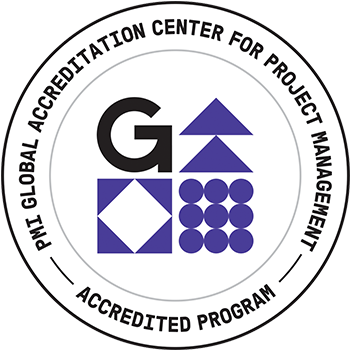In 2015, Google and Re:Work produced results from their 2-year study of what makes teams successful. They identified Psychological Safety as the most critical differentiator in high performing teams. Beyond this research, many academic studies have shown a direct correlation between fostering psychological safety and innovation, worker commitment, and team effectiveness. In fact, psychological safety is so critical to future organizational success that the International Organization for Standardization (ISO) has produced the first standards and guidelines for managing psychosocial risks in the workplace in June of this year. The ISO 45003, which connects to the UN’s Sustainable Development Goals, addresses the many areas that can impact a worker’s psychological health, including ineffective communication, excessive pressure, poor leadership and organizational culture.
In this session, we will go through the 3 pillars of psychological health and safety you can apply to your project plans to support innovation, build resiliency, and overcome barriers. As a result, you will learn:
- the fundamentals of psychological safety and why it matters
- the 3 pillars of psychological health & safety
- how to apply this to your project planning approaches
PMI Talent Triangle: Leadership (Power Skills)

